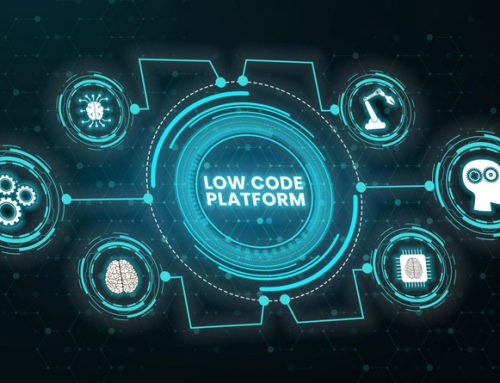The rise of low-code and no-code platforms has played an important role in simplifying programming for the masses. Not every person has the chance to figure out how to code, thus, these stages started to democratize programming improvement.
Everything started for certain developers who began building devices to outwardly create, work together and convey applications faster, without a lot of traditional hand-coding. It wasn’t until 2014 that Forester named these apparatuses as “low-code” platforms.
This innovation utilized visual displaying with simplified interfaces to help both developers and non-developers cooperate with code without any problem. No-code vendors anticipate the client’s requirements thus the platform has all the necessary features in-built.
Why automate processes with low-code?
Enterprise process automation isn’t just around one division or only one interaction. It’s about fully automating all processes in all departments from end-to-end.
This is in fact technically complex that, even whenever everything is mechanized and chugging along as expected, doesn’t end. Because processes change and evolve all the time.
A synergistic low-code stage makes it possible to include domain experts in the development lifecycle. Developers and clients can cooperate, speak the same (visual) language and consistently improve and refine arrangements.
Low-code and No-Code is a subject that is of high interest right now to large numbers of our clients. For this reason, UNICOM conferences feature significant content and sessions devoted to this topic.
To know more, visit our event website – World Conference Next Generation Testing 2021
24-25 November, Online (ANZ, India and SE Asia time zone) and have a look at related topics by Jawahar Govindaraj, VP, Head of Low Code and No code automation, SCADEA Solutions and Sudeep Chatterjee, Head of QA And Testing, London Stock Exchange.
Be among the 5 lucky persons to get a free pass for the event. Register now!
Author: Baishakhi






